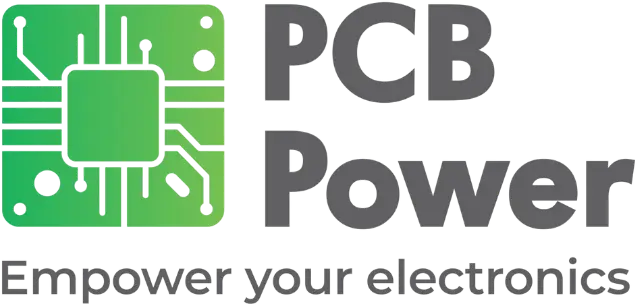
What is the SMT Manufacturing Process
The SMT manufacturing process, also known as Surface Mount Technology, is a method used to build electronic circuits. In this process, the components are placed directly onto the surface of a printed circuit board or PCB. Instead of hardwiring the components on the electrical boards, the components are placed directly on the PCB surface.
The phenomenon of putting all these elements on the printed circuit boards is referred to as PCB assembly. Since the late 90s, SMT has been used to accommodate PCB assembly. This is an automated technology that saves money on manual work, as well as for those who are buying PCBs. Furthermore, this technology is also more trustworthy than the conventional hardwired method. Let’s understand what the SMT manufacturing process is.
SMT Manufacturing Process Explained
The SMT is used to put components onto the surface of a PCBs. Instead of using the through-hole technology, manufacturers have shifted to the Surface Mount Technology. In this process, the electrical components are placed directly on the PCB’s surface. To execute the process, the following steps are typically followed:
1. Preparing the Material and Examining It
Get the PCB and components ready and check for errors beforehand. PCBs generally have silver, tin, gold, and tin leaded pads. These are called the solder pads.
2. Stencil Preparation
Use a stencil to fix the position of the SMT on the PCB. The technology prints on PCBs based on the designs of the solder pads.
3. Printing Solder Paste
A paste of tin and flux is used to attach the solder pads and components on the PCB.
4. Placing the Components
The solder-printed PCBs are sent to the pick - and - place machine. These are further positioned on a conveyor belt where the components are put together on the PCBs.
5. Reflow Soldering
After the electrical components are placed on the PCBs, the boards are put in the soldering oven. The oven has a preheat zone. Here, the temperature of the overall board is increased. In this zone, the temperature rises from 1.0-2.0 degrees to 140-160 degrees. The board will then be kept in the soak zone for a minute. After this, the board will enter into the reflow zone, where the temperature will increase from 1.0-2.0 degrees to 210-230 degrees. This will melt the tin from the solder paste, and the components and solder pads will bond on the PCB. The molten solder is essential to keep the components intact on the PCB. After all components and solder pads are bonded on the PCB, to avoid joint defect solder freezing is essential. Thus, the PCB is transferred to the cooling zone.
6. Clean & Inspect
After the soldering is done, clean the PCB and see if there are any faults. If you find any fault, repair it.
Watch the entire SMT process in action here.
Reasons Why the SMT Manufacturing Process is Used to Construct PCBs
The SMT manufacturing process is used to construct PCBs for the following reasons:
- To assemble components with SMT, you don’t need to drill holes in the PCBs. This saves space and allows manufacturers to construct compact electronic devices.
- With SMT, manufacturers can make the components much more complex and smaller.. Thus offering blazing-fast communication and processing in electronic gadgets.
- SMT is an automated assembly method rather than a manual method. This makes it more efficient and precise.
- With the help of SMT, the components on PCBs are placed closely on both sides. This creates enough space for miniaturization of the circuits.
Conclusion
Since punching holes and hardwiring components on the PCBs is time-consuming and costly, SMT is widely used as an alternative. This way, the electrical components are placed directly onto the surface of a PCB. From preparing the components to placing the components on the PCBs, there’s a detailed process in SMT manufacturing.
If you're looking for reliable and efficient PCB solutions, PCB Power is your trusted partner. We offer high-quality PCB fabrication, assembly, component sourcing, and more—using advanced machinery and top-grade materials to ensure reliability and consistency.
To help you plan better, our Instant Quote tool and online cost calculator let you quickly estimate based on your exact requirements. Looking for more than just a quote? Our PowerBOM feature simplifies the assembly and component sourcing process—just upload your BOM, map the fields, and manage everything in one place with ease.
Whether you're working on a prototype or full-scale production, we're here to support your next project
Reach out today to find the right PCB solution for your project.




